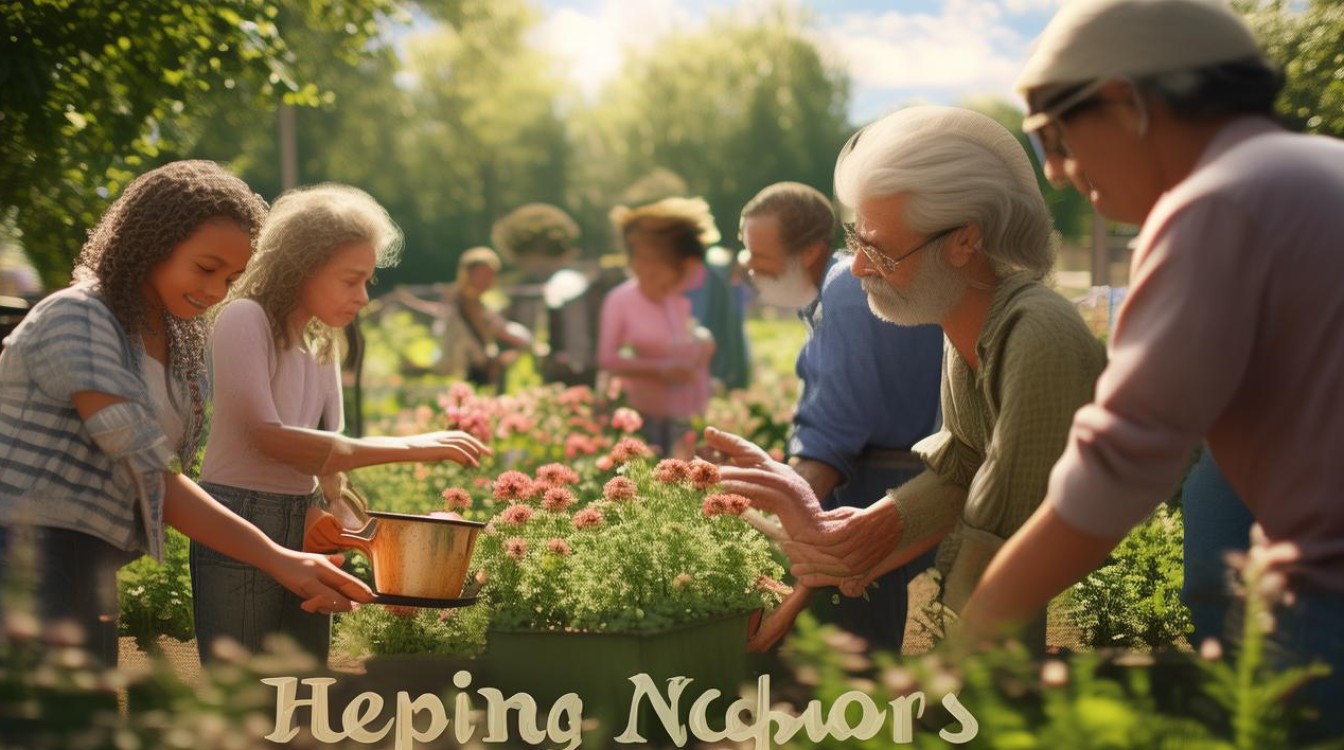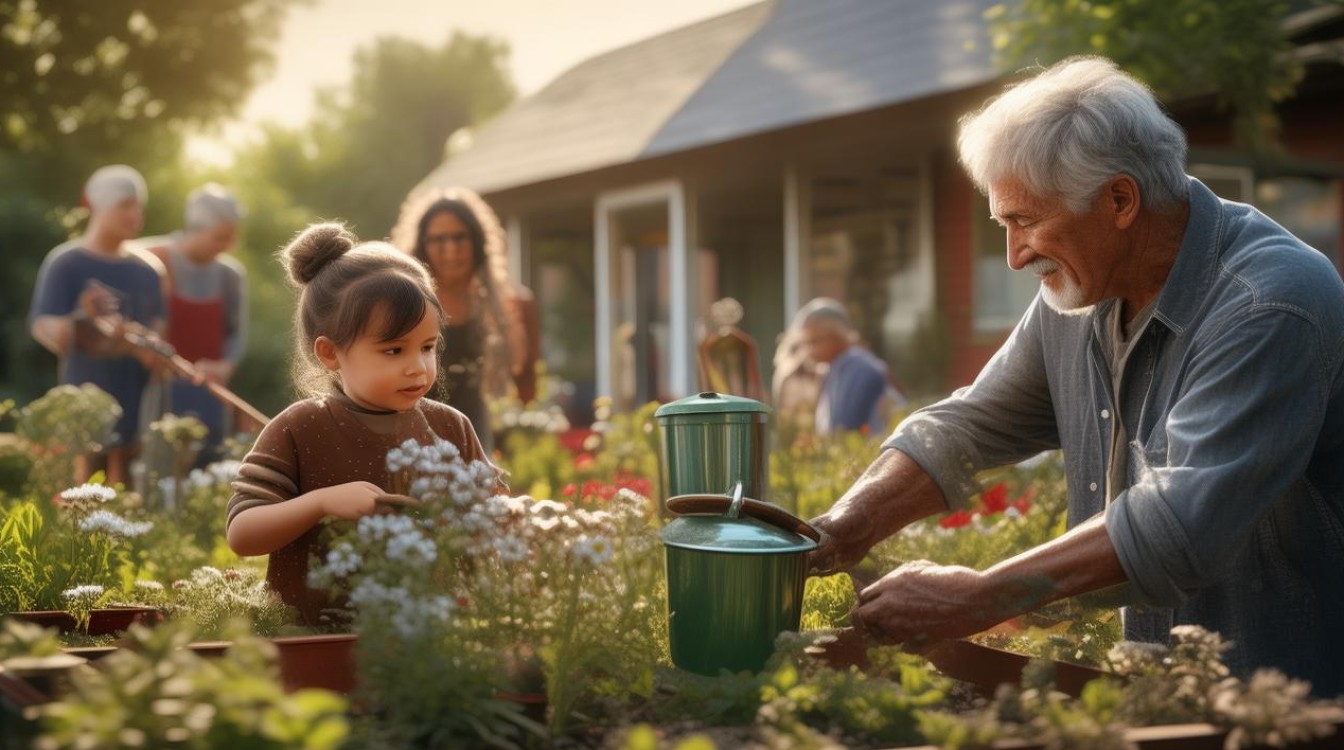In today’s fast-paced world, the simple act of helping a neighbor can have a profound impact. Whether it’s lending a hand with groceries, offering companionship, or sharing skills, small gestures strengthen communities and foster trust. This essay explores the importance of assisting neighbors, practical ways to do so, and the lasting benefits of such kindness.

The Value of Helping Neighbors
Neighbors are often the first people we interact with daily. They live close by, making them an immediate part of our social fabric. When we help them, we create a ripple effect of goodwill. Studies show that strong community bonds lead to safer neighborhoods, improved mental health, and a greater sense of belonging.
For example, during emergencies like power outages or natural disasters, neighbors who know and trust each other are more likely to collaborate effectively. A simple act, such as checking on an elderly neighbor during a storm, can prevent isolation and ensure safety.
Practical Ways to Assist Neighbors
-
Offer Physical Help
Many people struggle with tasks like carrying heavy packages, shoveling snow, or mowing lawns. If you notice a neighbor facing such challenges, step in. Even a brief offer—"Can I help you with that?"—can make a difference. -
Share Resources
Borrowing tools, exchanging homemade meals, or lending books are simple ways to build connections. A community garden, for instance, allows neighbors to grow food together while sharing knowledge and time.
-
Provide Emotional Support
Loneliness affects people of all ages. A short conversation or an invitation for coffee can brighten someone’s day. For older adults, regular visits might be their primary social interaction. -
Organize Neighborhood Initiatives
Start a cleanup drive, a book swap, or a babysitting cooperative. Collaborative projects unite people and address shared needs.
The Ripple Effect of Kindness
Helping neighbors doesn’t just benefit them—it enriches your life too. Acts of kindness release oxytocin, a hormone linked to happiness, reducing stress for both the giver and receiver. Children who observe adults helping others learn empathy and community values early on.
Consider the story of a young professional who regularly helped an elderly neighbor with technology. Over time, the neighbor shared life stories, offering wisdom the younger person cherished. Their bond transcended age, proving that kindness bridges gaps.

Overcoming Hesitation
Some people hesitate to offer help, fearing intrusion or rejection. A polite approach resolves this: "I noticed you might need assistance. Would you like some help?" Respect boundaries, but don’t let uncertainty prevent kindness. Most people appreciate genuine offers.
Cultural Perspectives on Neighborhood Help
Globally, cultures emphasize community support. In Japan, the concept of "omotenashi" (selfless hospitality) extends to neighbors. Scandinavian countries prioritize collective well-being through shared spaces and mutual aid. These traditions remind us that helping neighbors is a universal value.
Final Thoughts
Helping neighbors is more than a duty—it’s an opportunity to create meaningful connections. In a world where individualism often dominates, small acts of service remind us of our shared humanity. Start today: smile, offer help, or organize a neighborhood event. The rewards—trust, friendship, and a stronger community—are immeasurable.
As we cultivate these habits, we not only improve lives around us but also rediscover the joy of giving without expectation. A neighborhood thrives when its members care for one another, proving that kindness, no matter how small, is never wasted.



